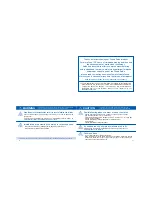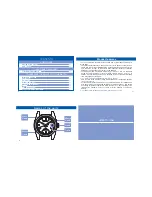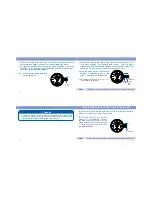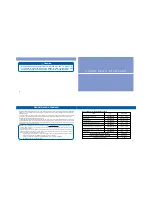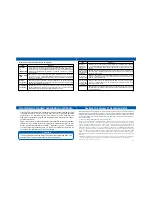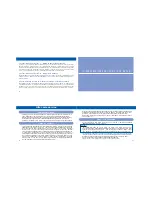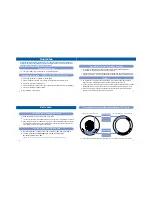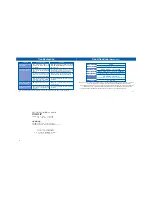
Description of Grand Seiko Standard Terminology
Item
Position
in
inspection
Meaning
5 orientations are specified by the International Standard ISO3158 so as to carry out
various kinds of tests for time keeping. In addition thereto, in the GS examination, 12
o'clock Up position in the state where a watch taken off the wrist is placed, is added, 6
orientations are specified. (Dial Up, Dial Down, 12 o'clock Up, 3 o'clock Up, 6 o'clock Up,
and 9 o'clock Up)
Mean daily
rate
Mean value of a total of 12 daily rates measured in 6 different positions, respectively,
for two days. This is a target value indicating basic gain/loss per day of a watch,
however, it is required to comprehensively judge the actual accuracy performance in
consideration of other items.
Mean
variation
Mean value of a total of 6 variations of daily rates between the first day and second day
when measured in 6 different positions for two days each. It indicates the degree which
daily accuracy stabilizes in each position.
Maximum
variation
Maximum value of a total of 6 variations of daily rates between the first day and second
day when measured in 6 different positions for two days each. It indicates the degree
which accuracy per day changes at maximum according to positions.
62
63
Item
Difference
between flat
and hanging
position
Meaning
Indicates gain/loss in two positions at which a watch is most frequently used in daily life.
It is a difference between mean daily rates for two days when a watch is placed in the dial
Up position and mean daily rates for two days when a watch is placed in the 6 o'clock Up
position.
Greatest difference
between the mean
daily rate and any
individual rate
Maximum difference value between daily rates for twelve days in the test initial stage and
mean daily rates. It indicates the degree at which the daily rate varies according to the
manner for placing a watch.
First variation of
rate per 1℃
(between 38℃
and 8℃)
Variation in daily rates per 1℃ between 38℃ and 8℃ in the same position (Dial Up
position). It indicates gain/loss in the temperature environment (taken-off state from
the wrist) where a watch is used.
Second variation
of rate per 1℃
(between 38℃
and 23℃)
Variation of daily rates per 1℃ between 38℃ and 23℃ in the same position (Dial Up
position). It indicates gain/loss in the temperature environment (worn state of the
wrist) where a watch is used.
Rate-resumption
Value obtained by subtracting mean daily rates of initial two days from daily rate of the
last examination day. It indicates the degree at which daily rate stabilizes after usage for
a predetermined period.
Grand Seiko standard examination certificate
・Grand Seiko Standard Examination Certificate certifies the values of a movement single
unit before assembly in a case which were measured under an artificially controlled
environment in the manufacturing plant have passed the Grand Seiko Standard
Examination. The certificate is printed with the caliber number, movement serial number,
and case serial number.
・Normal usage accuracy of mechanical watches varies according to respective customer
conditions of use (winding state of the mainspring by movement amount of the wrist
per day, temperature environment, and position (orientation of a watch.) Accordingly,
the actual normal usage accuracy when it is used by a customer may differ from the
value of each item specified in the Grand Seiko Standard.
The Grand Seiko Standard Examination Certificate cannot be reissued when it has
been lost. Also, it cannot be reissued after repair or adjustment.
CAUTION
64
65
Cautions for accuracy of mechanical watch
Mechanical watches have a mechanism that is moved by power generated when the mainspring is unwound,
and small metal parts physically work together to control the accuracy. Fragile metal parts of a mechanical
watch are easily influenced by external environment such as temperature, gravity, and shock, and conditions
of use such as normal usage time and winding state of the mainspring, therefore, this influence appears as
gain/loss of the watch.
① Accuracy of mechanical watch is "mean daily rate."
Accuracy of the quartz watch is indicated monthly or annually such as a monthly rate of ±15 seconds or
annual rate of ±10 seconds. This indicates the degree of total difference in accuracy when the quartz
watch is continuously used for a month or a year. To the contrary, accuracy of the mechanical watch is
normally indicated as a "mean daily rate." Accuracy of the mechanical watch slightly varies each day as it is
influenced by various conditions of use, and it is normally unstable. Then it is required to judge whether the
accuracy is satisfactory or not by checking the mean values in the case of use for a week to ten days, but
not for only one day. For normal usage accuracy of Grand Seiko mechanical watch mounted with a caliber
9S85, -1 to +8 seconds per day are specified as target values. If the mean value exceeds the above-
mentioned target value in the normal usage condition when the watch is used for a week to ten days, we will
adjust it.
*Adjustment is provided free of charge within two years after purchase. After the two-year period, adjustments are charged. However,
please note that the parts that are age-deteriorated due to long duration of use may not be adjusted to your desired accuracy.
⇒For details, refer to pages 60 and 68.


